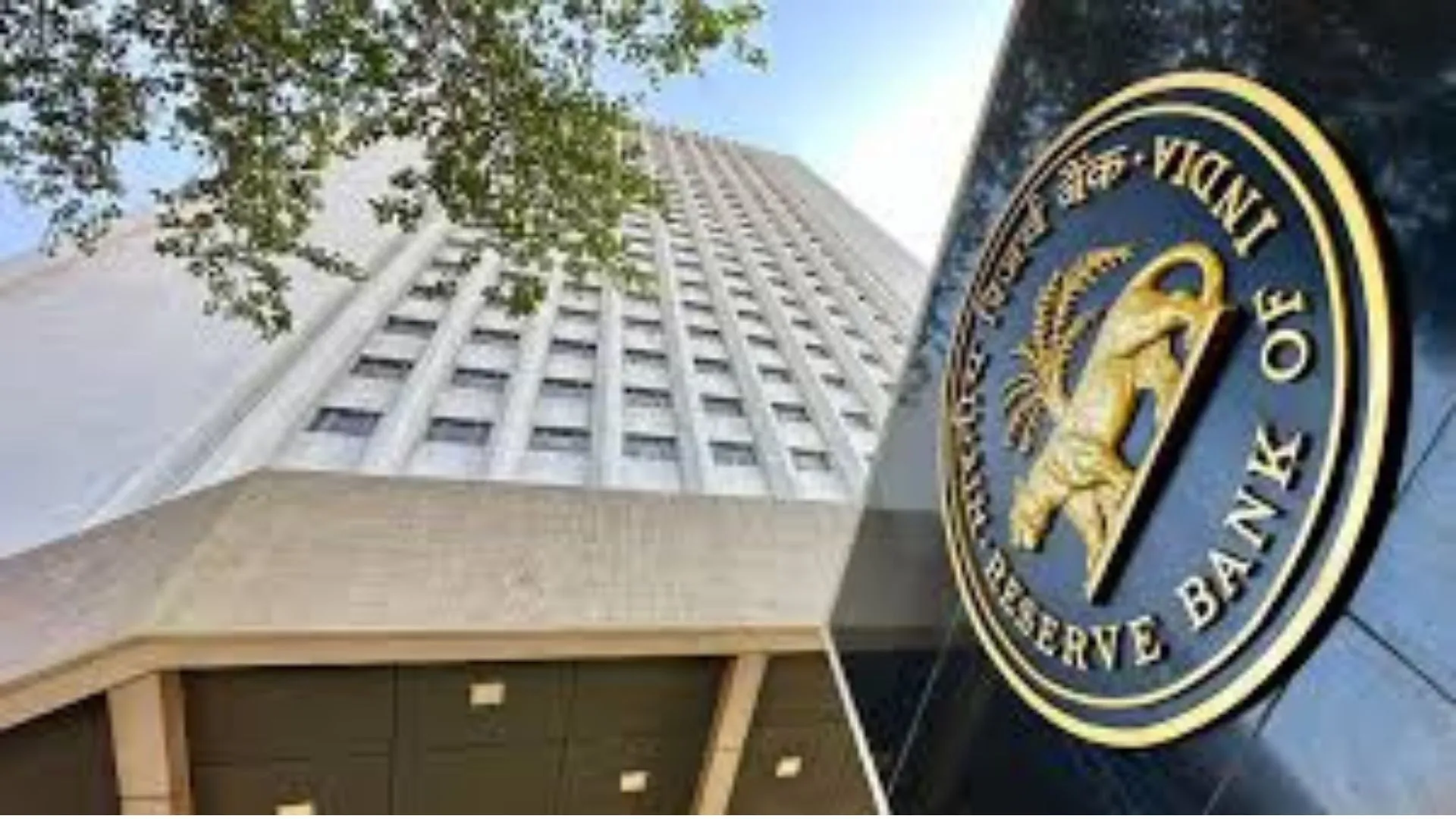A report by Jefferies indicates that the Reserve Bank of India (RBI) is likely to cut policy rates by 50 basis points (bps) in the first half of 2025. This forecast follows the central bank’s recent decision to ease its stance on liquidity and reduce the Cash Reserve Ratio (CRR) by 50 bps during the last Monetary Policy Committee (MPC) meeting.
Shift in RBI’s Liquidity Stance
The Jefferies report states, “After easing stance on liquidity & CRR by 50bps, RBI may review policy rates; we see 50bps rate cuts in 1H25.” The report emphasizes that the RBI’s transition from a “withdrawal” stance to a more “neutral” liquidity position, along with the CRR cut to the pre-COVID level of 4 percent of Net Demand and Time Liabilities (NDTL), has created a conducive environment for potential rate cuts.
Impact on Growth and Investments
The anticipated reduction in policy rates is expected to stabilize regulatory momentum, which could be supportive of growth and investments in the near term. However, the report cautions that these policy changes may temporarily affect banks’ Net Interest Margins (NIMs). A decline of 10 bps in NIM could lead to a reduction in earnings by 3-8 percent, with Public Sector Banks (PSBs) likely to experience a more pronounced impact.
While deposit rates have remained relatively stable, banks have seen their cost of funds increase by 10-50 bps over the past year due to repricing and changes in funding mix. The report also highlights ongoing pressures on asset quality, particularly in unsecured retail loans and loans to small and medium enterprises (SMEs). Non-Banking Financial Companies (NBFCs) and smaller private banks that cater to lower-tier clients have faced greater stress compared to lenders focused on upper-tier clients.
Future Outlook on Asset Quality
Jefferies anticipates that asset quality pressures may ease in FY26, particularly in the unsecured retail loans segment. This improvement is expected as provisions for stressed assets are accounted for upfront and new disbursals slow down. The recovery of GDP growth is seen as a critical factor in alleviating pressures on SME loans. However, the Microfinance Institution (MFI) segment may continue to face challenges, potentially impacting earnings for mid-sized banks.
Overall, the expected rate cuts and easing asset quality pressures in FY26 are projected to provide tailwinds for the banking sector. Nevertheless, near-term challenges such as NIM compression and stress in the MFI segment could weigh on earnings in the interim.























